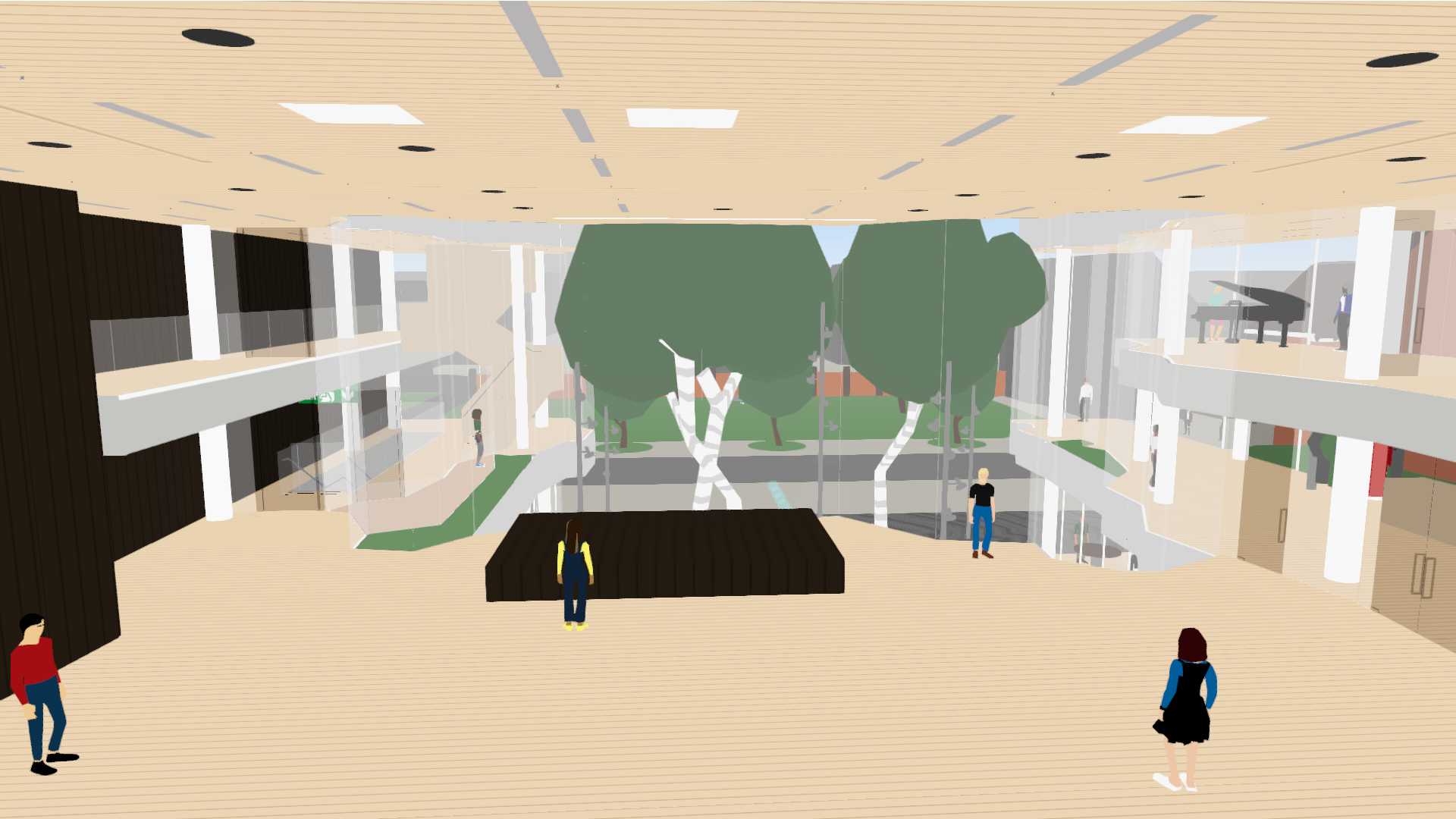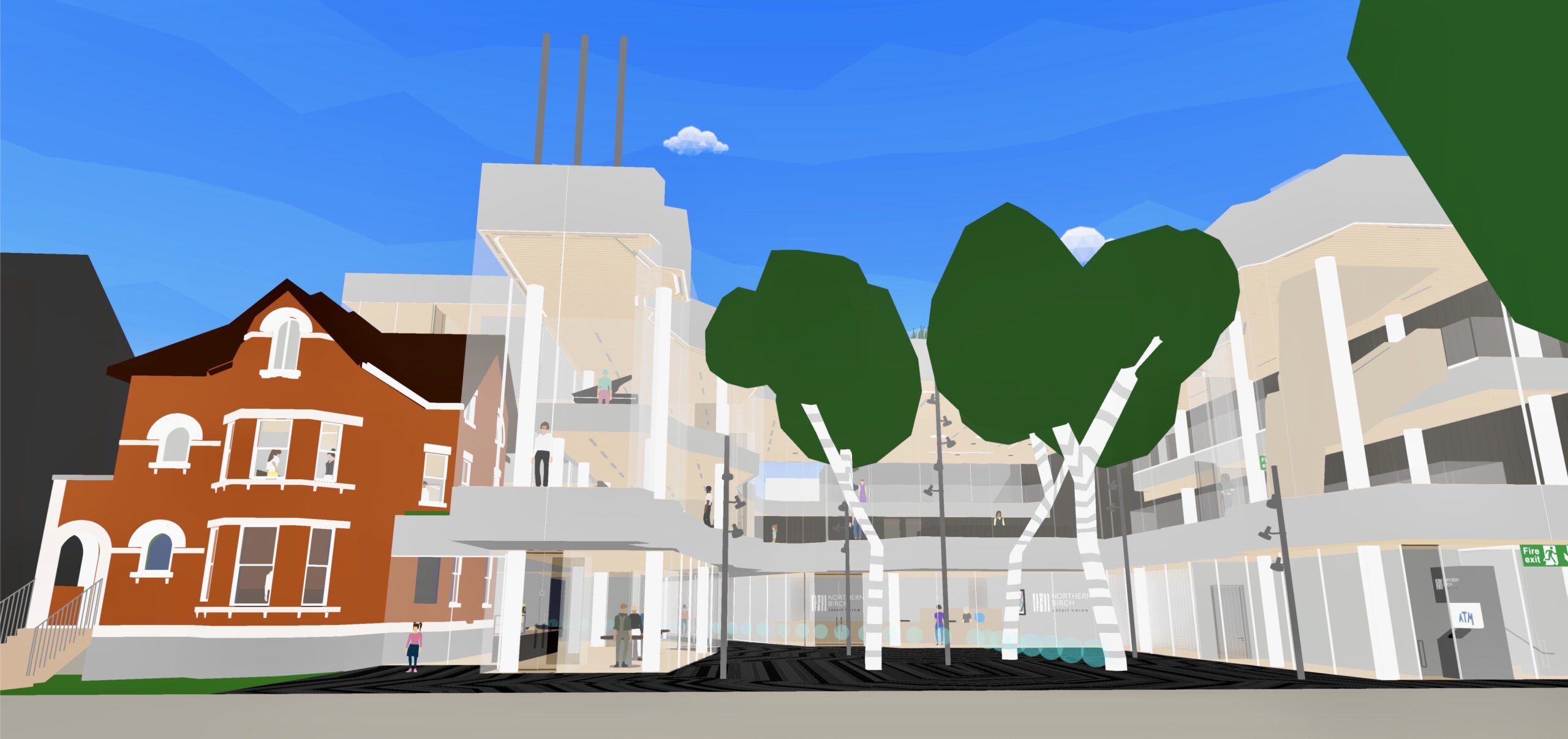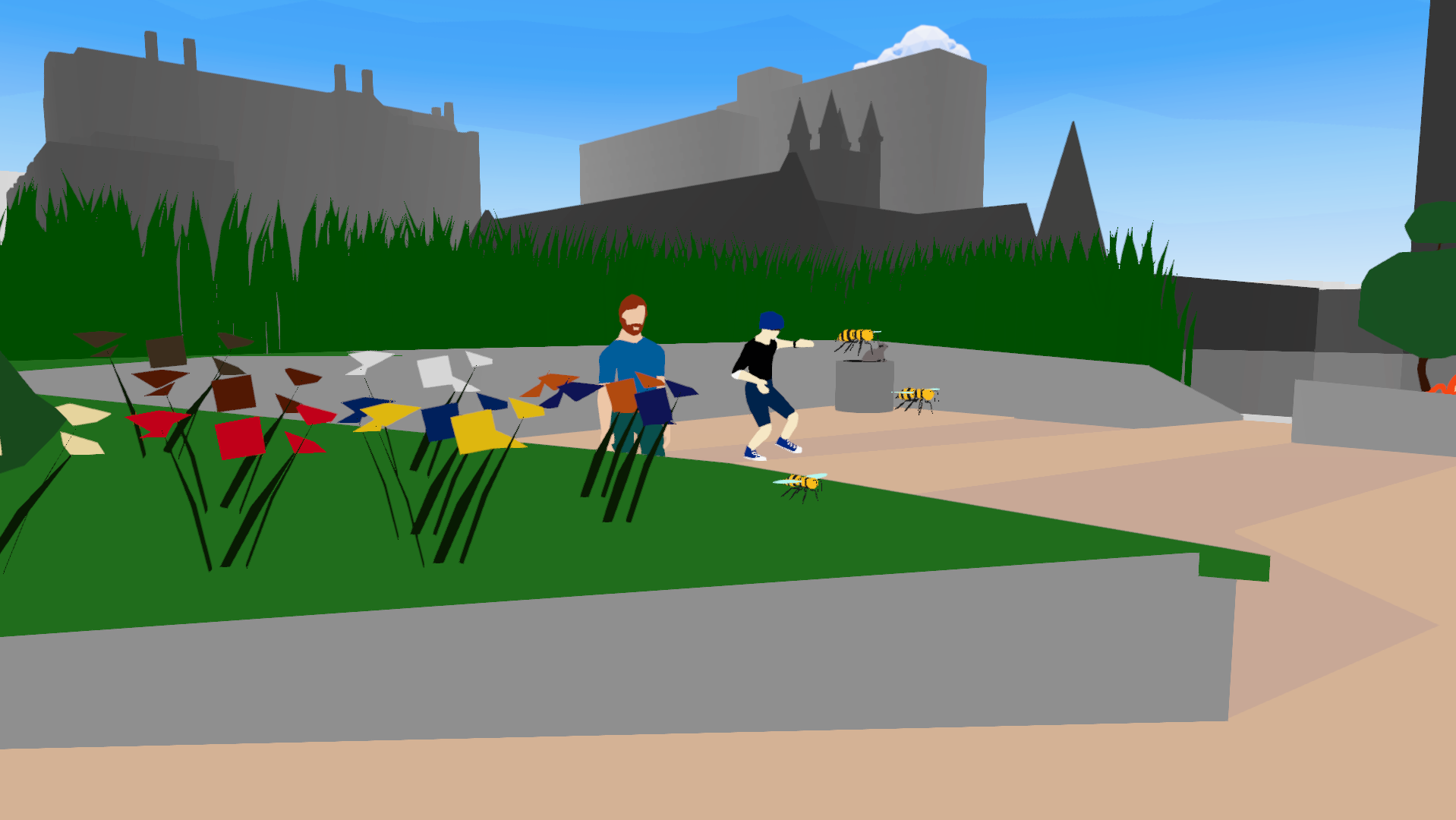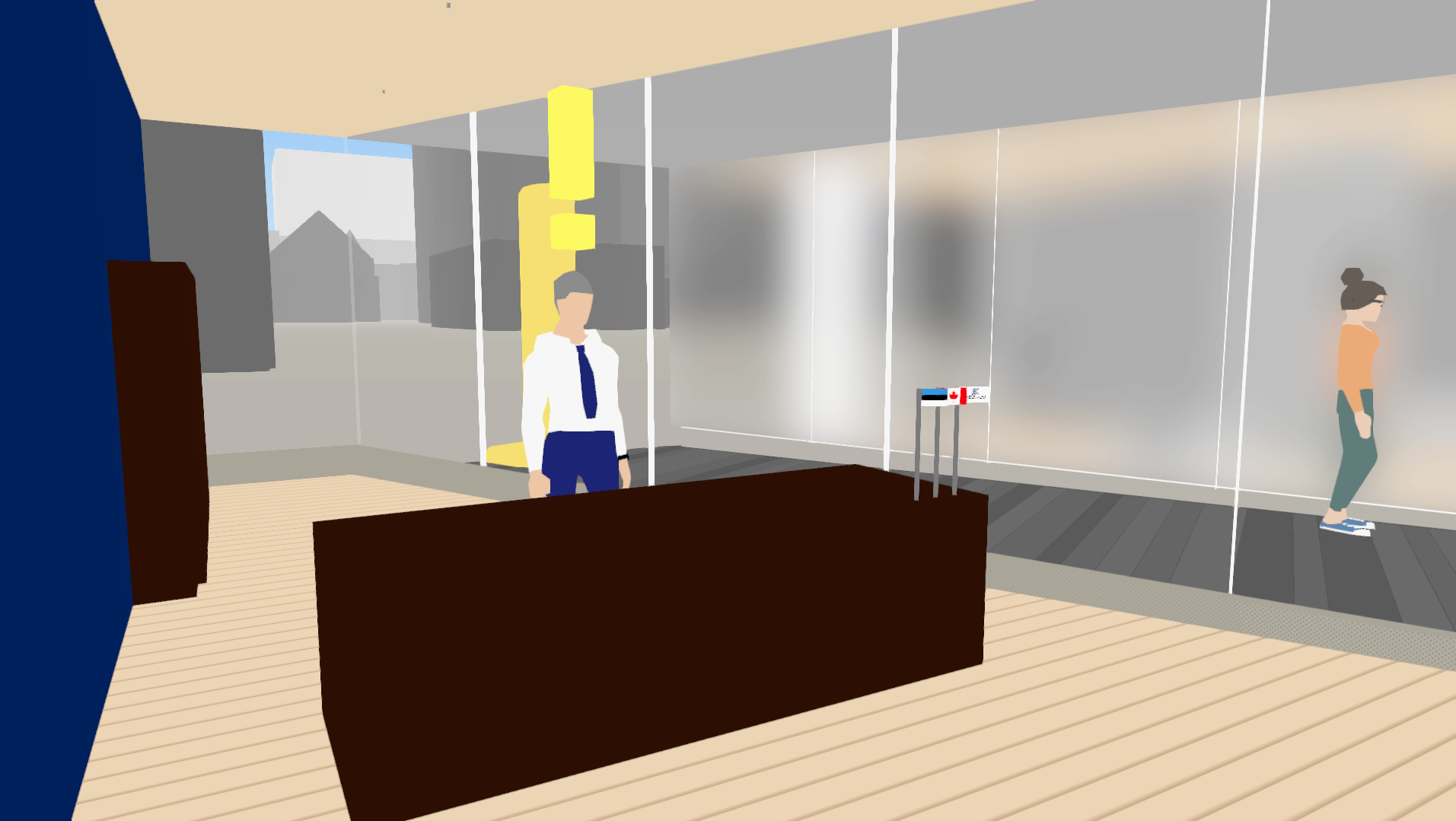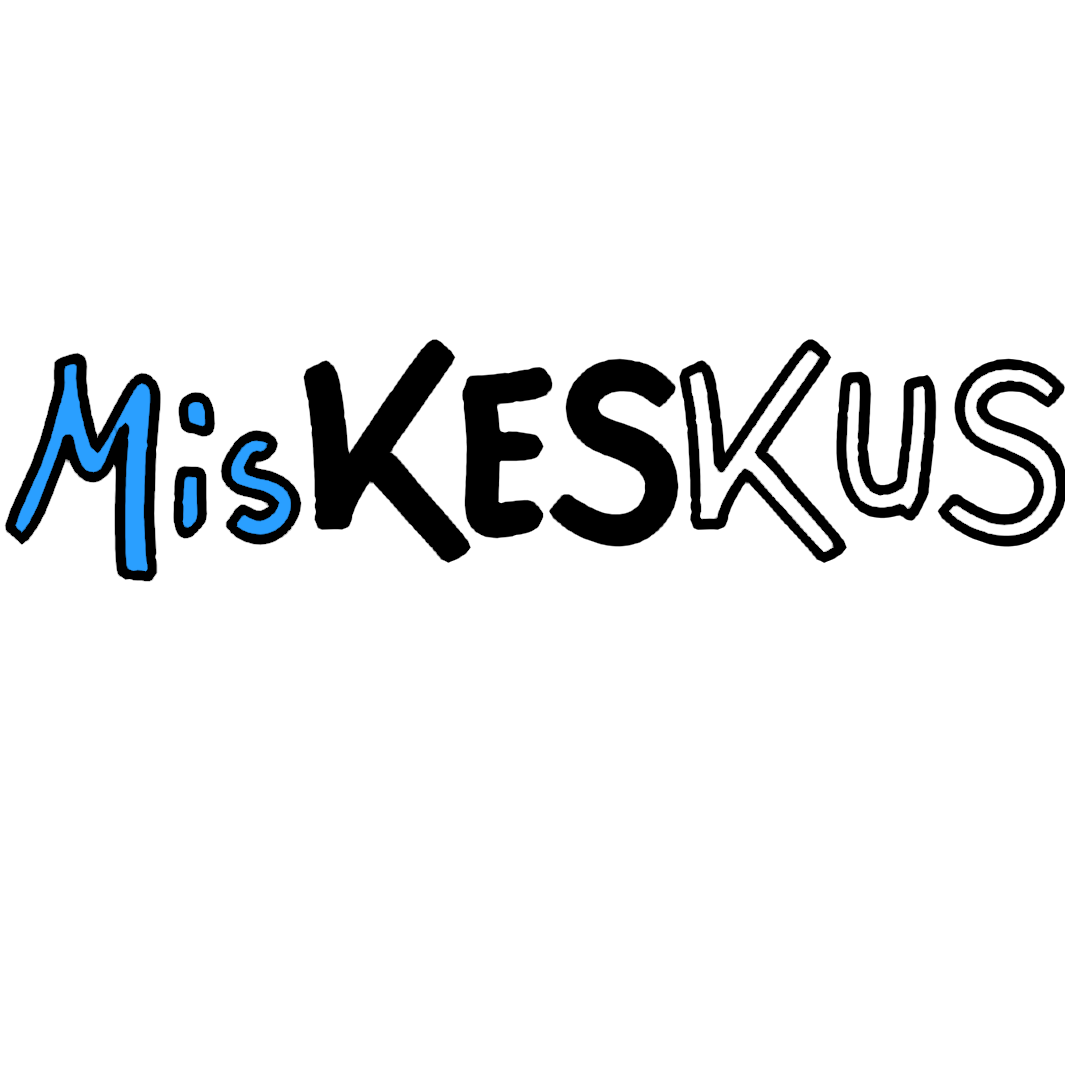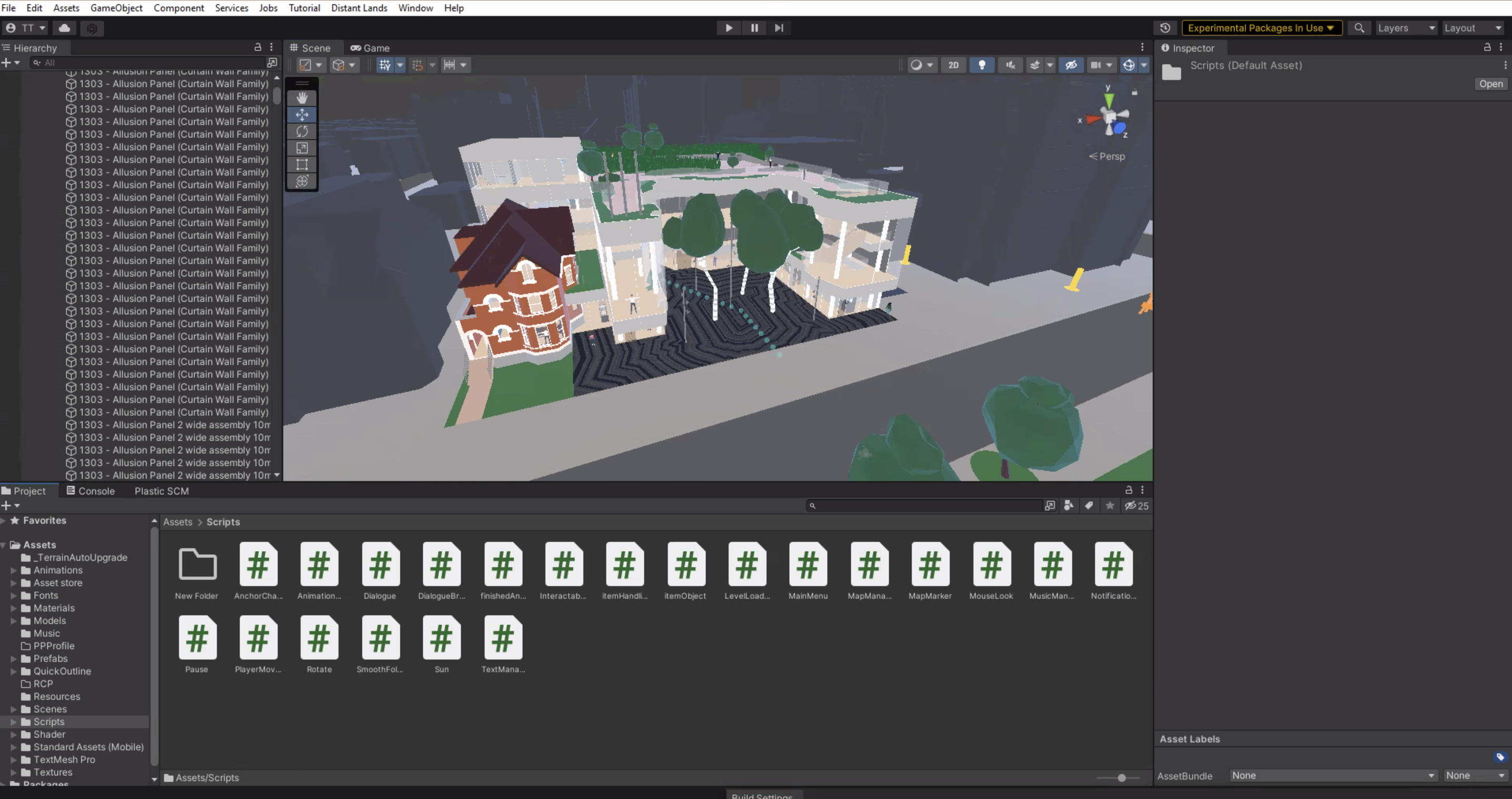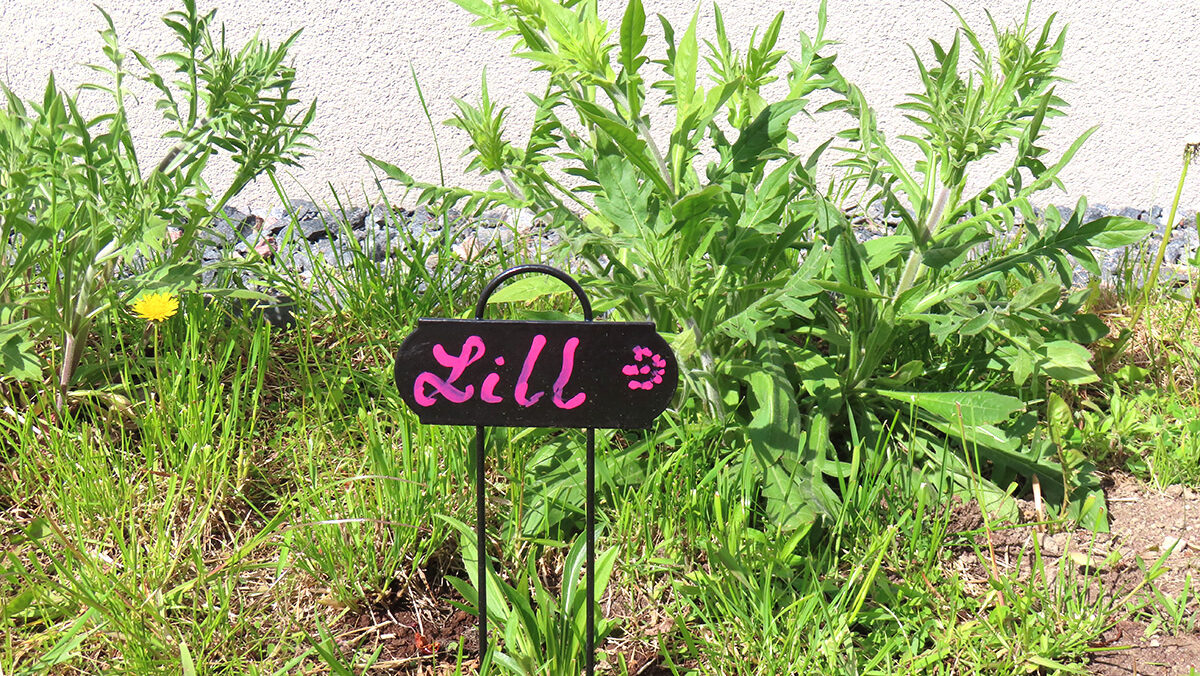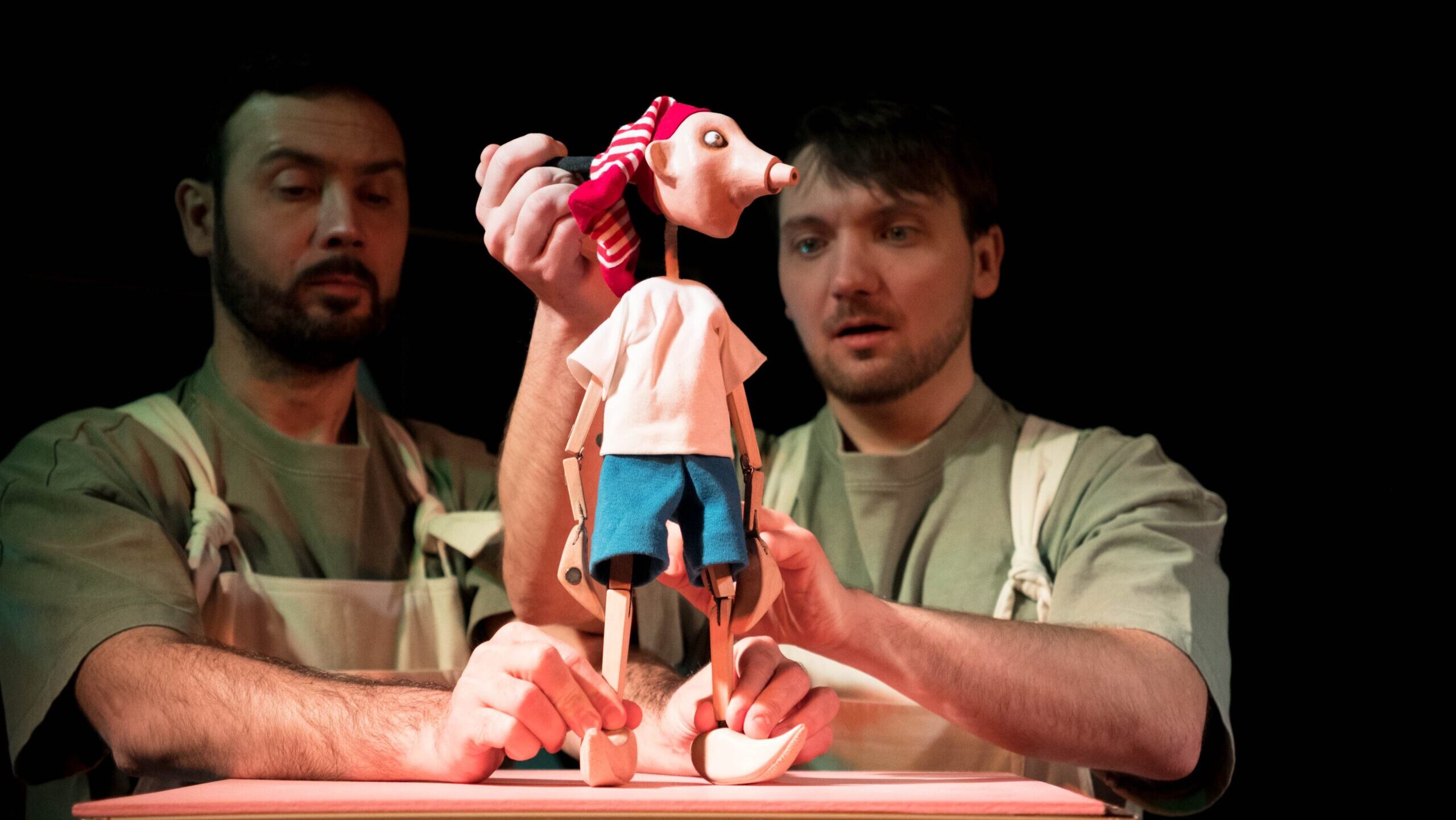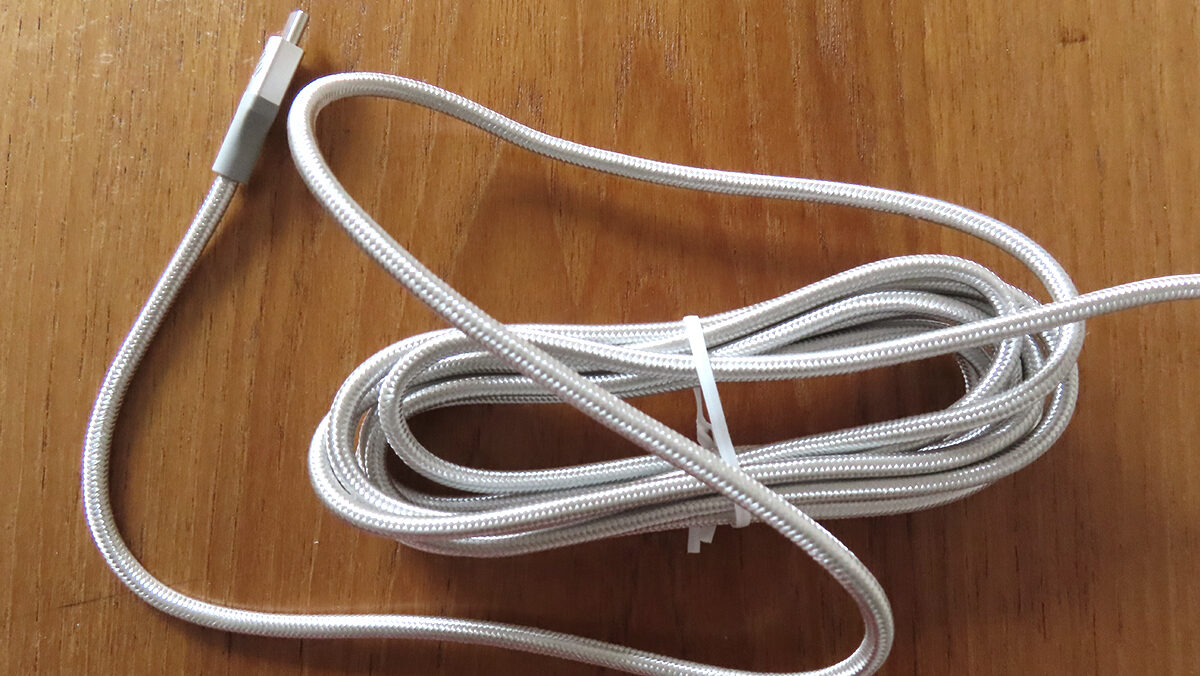Like a lot of kids, Tom Tiisler grew up with an interest in video games, but wanted to learn more about how they worked. He grew increasingly interested in computer science, taking courses in high school and becoming a self-described “massive computer nerd.” From there, he began programming games with Adobe Flash, and down the line, started using the game engine software Unity.
Seeing how much math was involved in the subject, though, dissuaded Tiisler from pursuing it further. Instead, he decided to study forestry in Thunder Bay, Ontario. As the comedy of life would have it, he soon realized that “forestry is all math,” one good example being the estimation of timber volume and its commercial value.
In the first summer of the pandemic, Tiisler took on a tree planting job in Armstrong, Ontario. However, feeling exhausted from the physically intense work, and craving the chance to make games again, he started to take part in “game jams.” In these jams, programmers are given a topic and have to make a video game in 48 hours or a similarly limited time frame. After coding numerous games of his own, he connected with KESKUS International Estonian Centre in 2021.
KESKUS already had an architectural walkthrough of the building. But knowing Tiisler's skills, Estonian Arts Centre, the charity associated with KESKUS, expanded its vision and hired Tiisler as a Project Developer to create MisKESKUS, a soon-to-be-launched video game, sponsored by Integratsiooni Sihtasutus and Northern Birch Credit Union.
Until April 10th, the first 100 students registered at a diaspora Estonian school, who play MisKESKUS through to completion can earn CDN$25! More about this at www.estoniancentre.ca .
Having been given a sneak peek into the gameplay of MisKESKUS, I found it charming and entertaining right away. In a nutshell, players set out on a quest in which they must help visitors to the centre. Players will work through assigned tasks, learn Estonian phrases and vocabulary, and as a reward, complete a map of Estonia's maakonnad (counties) in their character's passport booklet. Along the way, as a detective, waiter, taxonomist, bank teller, and helper at-large, players become acquainted with all of the centre's hallways, staircases, and rooms.
The way Estonian vocabulary practice is integrated with the gameplay is well thought out. Furthermore, the stock music looped by Mart Leppik and personalities of the non-playable characters (NPCs), some of whom you may recognize, add to the fun. So the game serves multiple purposes.
In the development of MisKESKUS, Tiisler collaborated with a team that includes two storyboarders, Elli Kipper and Heli Vanaselja, educators who are also Toronto Eesti Kool teachers. When asked what it was like creating the tasks, mini games, and learning components with Kipper and Vanaselja, he said, “It was really interesting, because I was learning along the way a lot of the time.” From a technical standpoint, he adds, “Working with them, there was a lot of figuring out what would work and what wouldn't quite work in a video game environment… making sure that the game would run smoothly and be playable by the 6-12 year-olds for their lived experience, and at the same time, be enjoyable for players of all ages.”
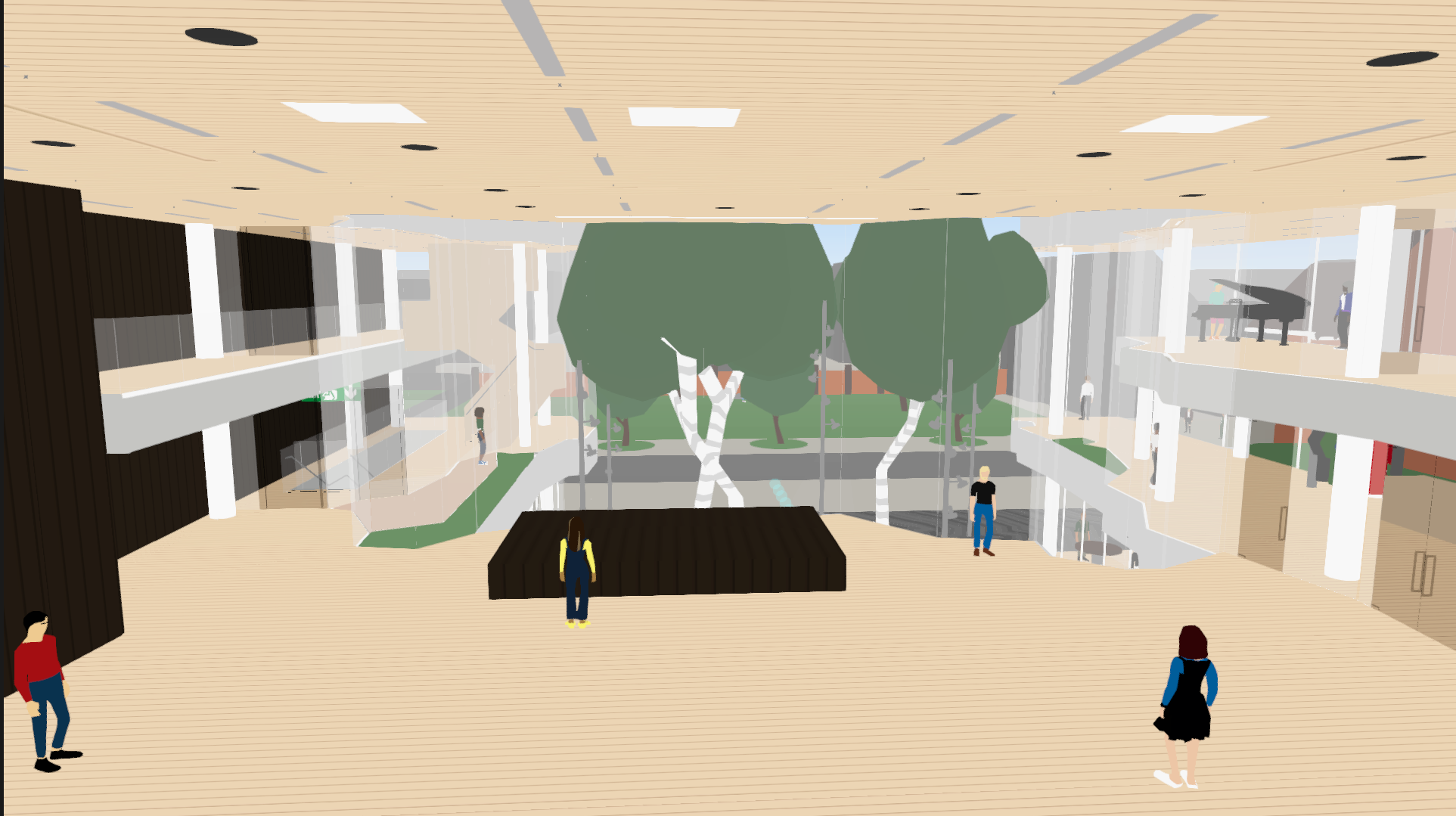
Fotogalerii
To conceptualize the act of programming a video game, Tiisler opened up Unity to show how the artwork and structure of the game's environment and characters were given not only space and motion, but actions and responses. To begin with, Tiisler and fellow programmer Dawson Kelly imported assets from Kongats Architects and a number of other sources, including 3D objects that were modelled by Tiisler in the program Blender and converted for use in Unity.
Tiisler and Kelly then arranged the objects on a XYZ axis with the visual interface of Unity. This included the model of the KESKUS building and geographic information system (GIS) data to recreate the image of the Toronto skyline surrounding the centre.
Each character and object can be dragged and dropped around the game environment and has assigned attributes, which are pieces of code in the programming language of C#. For instance, a “collider” is an attribute that determines what happens to an NPC when your own character walks into them. Tiisler also demonstrated the hundreds of lines of code and variables that make up the “player movement script,” which determines the player's movement, item collection, and other functions as put together by the game's animator Alexander George.
Tiisler says that the advantage of Unity as software is that it “has such a dedicated community around it. If you have any issues, there's always somebody out there to help you out. I find this really useful, especially as somebody who's not traditionally educated in programming.”
As KESKUS project lead Ellen Valter noted, MisKESKUS is a new addition to a still limited number of digital Estonian language learning solutions, especially for those learning Estonian as a second language. And while courses like Keeleklikk and Keeletee have received a lot of attention, MisKESKUS gamifies the learning experience even more. For example, questions asked by NPCs alternate between Estonian and English to subtly build reading comprehension. Elli Kipper and Heli Vanaselja's experience in the classroom and Ene Timmusk's linguistic support has turned memorization into something layered, internally competitive, and rewarding.
Looking at gaming more broadly, Tom Tiisler is confident about the ability of games to engage people of all ages and backgrounds to build a community, to teach positive values, and to bring eestlus out further into the world. With such potential, he dreams of doing game design full time or applying his combined skill set somewhere in which forestry and programming intersect.
Now that the game is released at keskus.itch.io/miskeskus , Tiisler says, “The biggest thing I'm excited for is to see people learn Estonian because that's something that I've been trying to work on a lot over the years. I think it's a unique opportunity to give people.”
But beyond this, he looks forward to seeing “how the game gets people excited about KESKUS”, a space that he has gotten to know so well through forming its shapes in the video game world. It's certain he'll have a particularly strong knowledge of where things are in the building when its completed, in case you're ever looking for something.
MisKESKUS is downloadable for free on macOS as well as Windows. Get the latest updates by signing up to KESKUS' newsletter at estoniancentre.ca.
